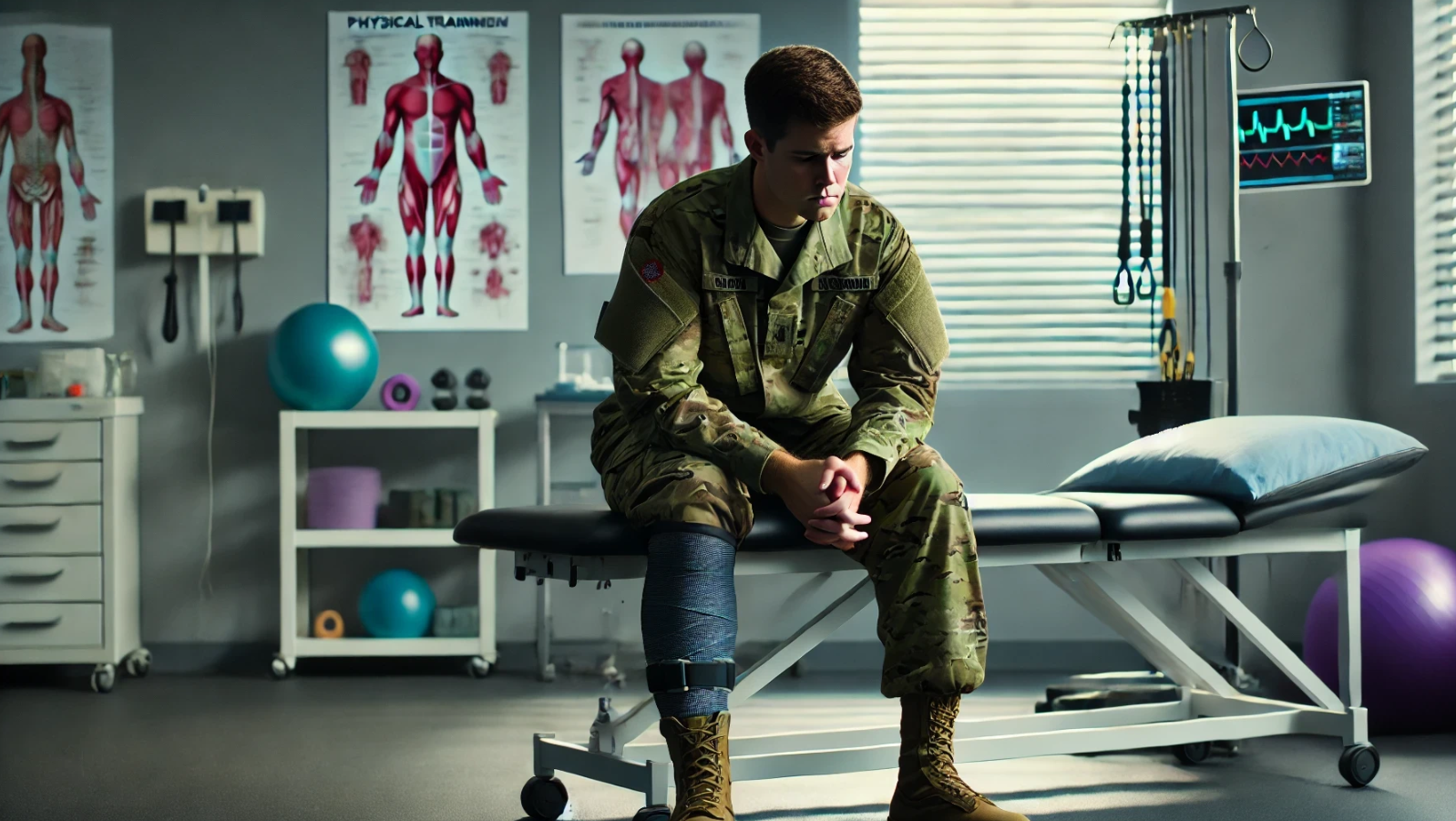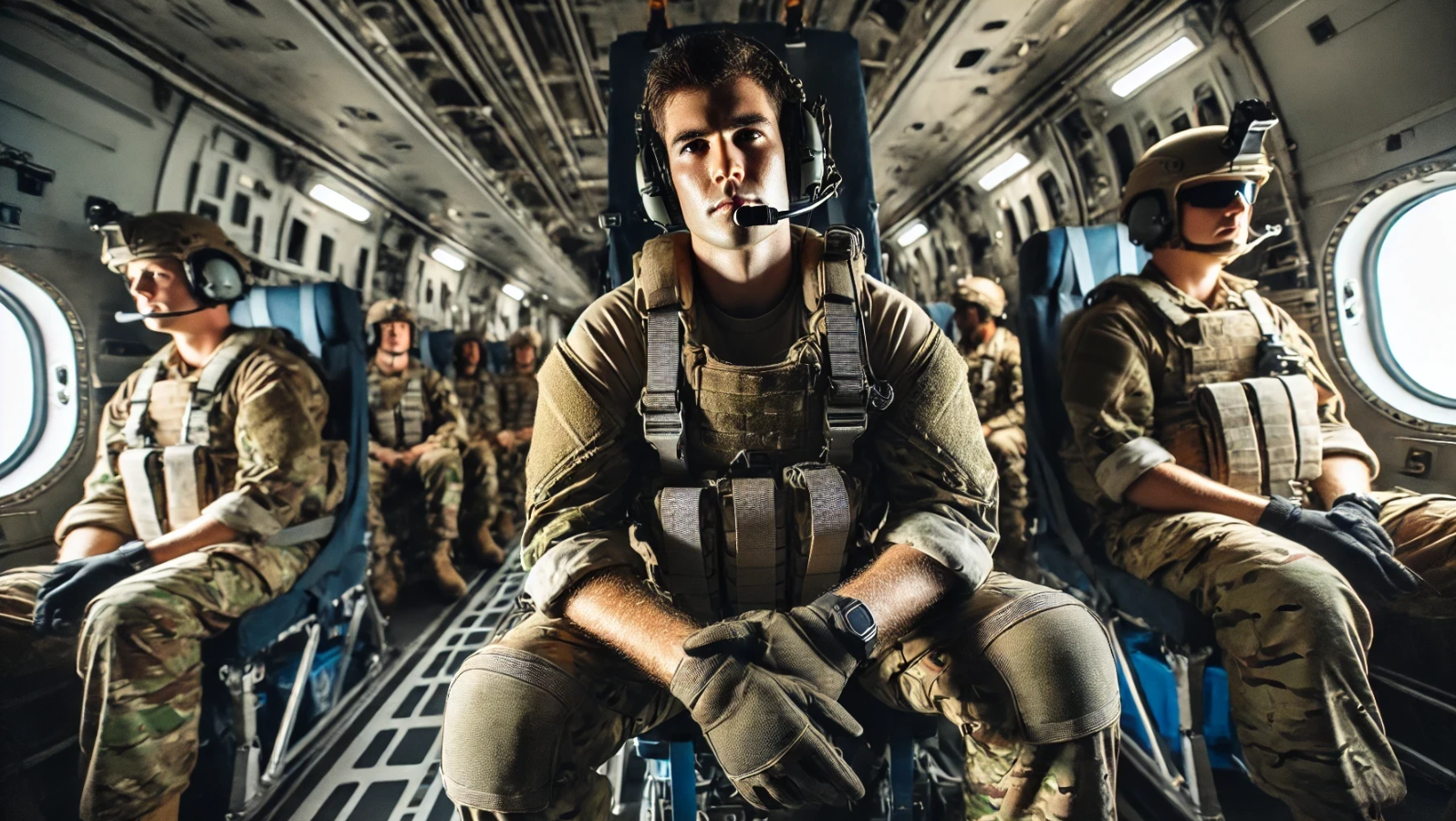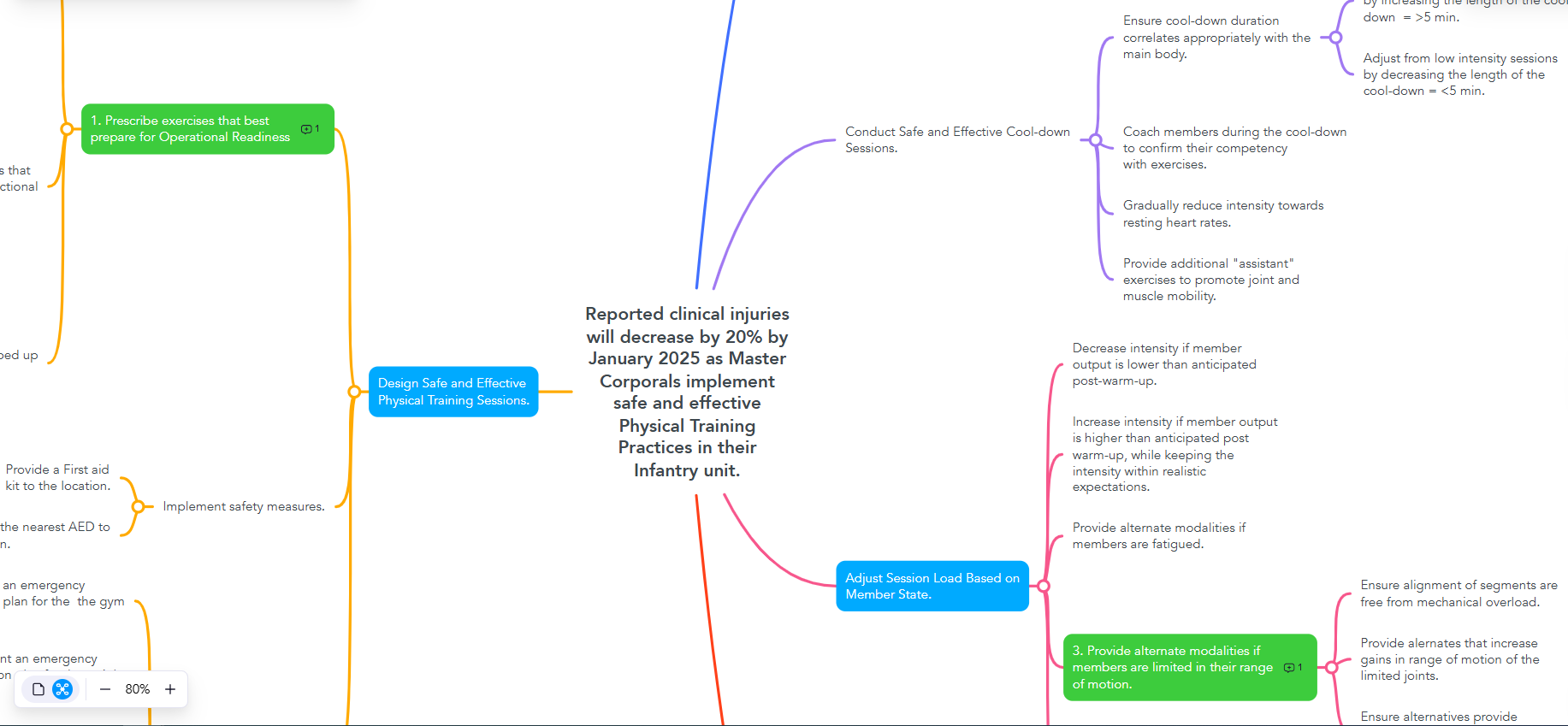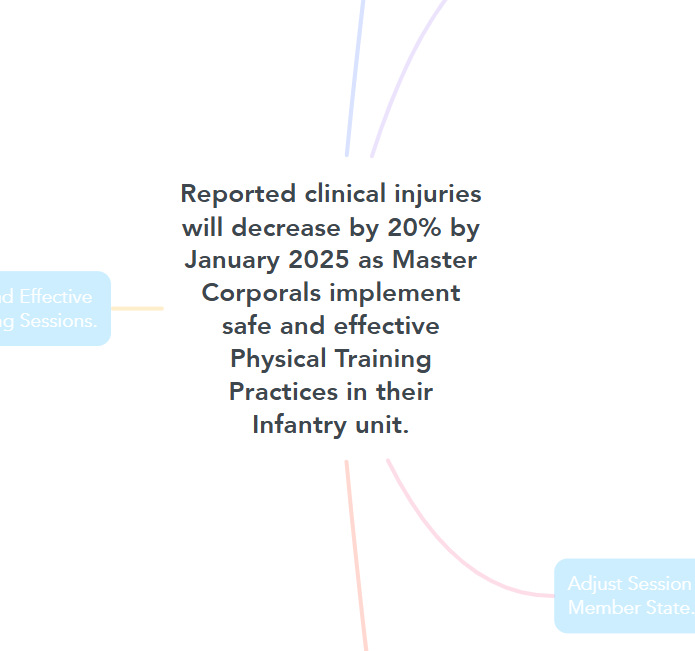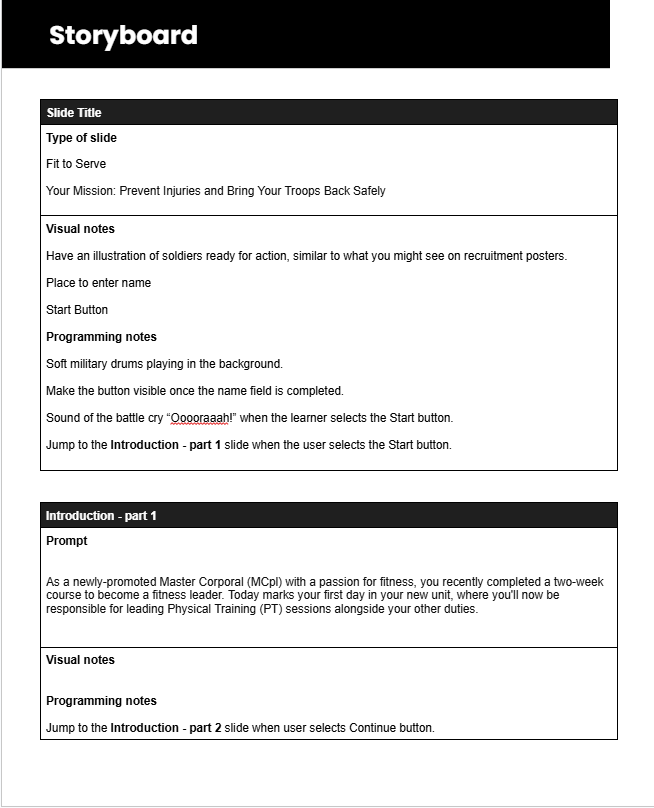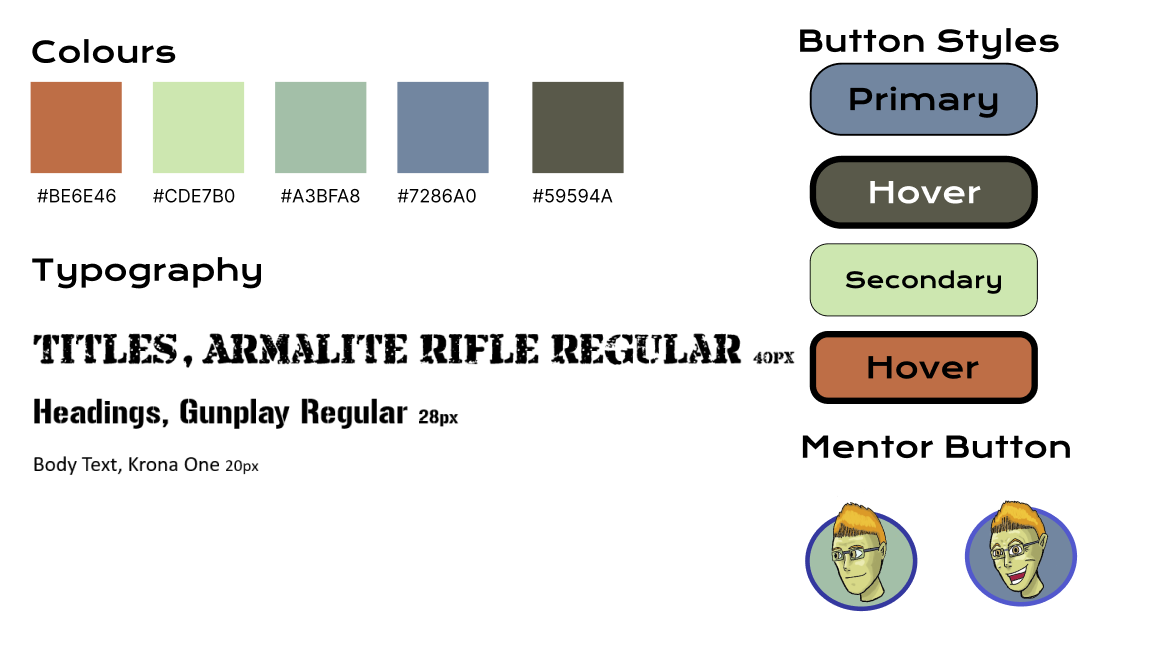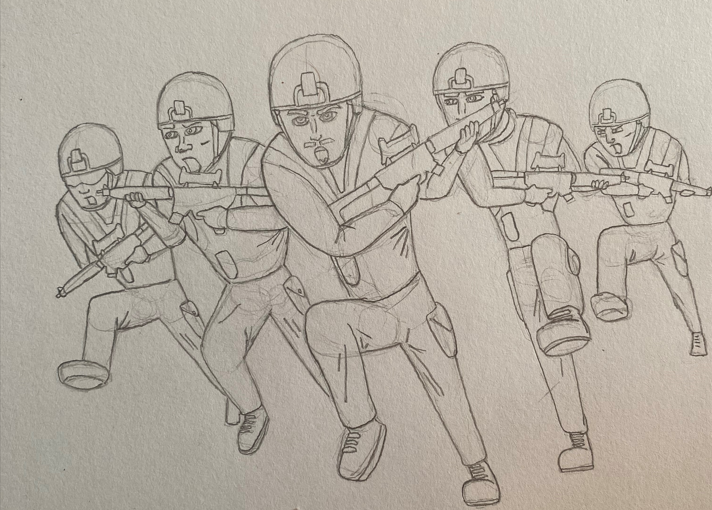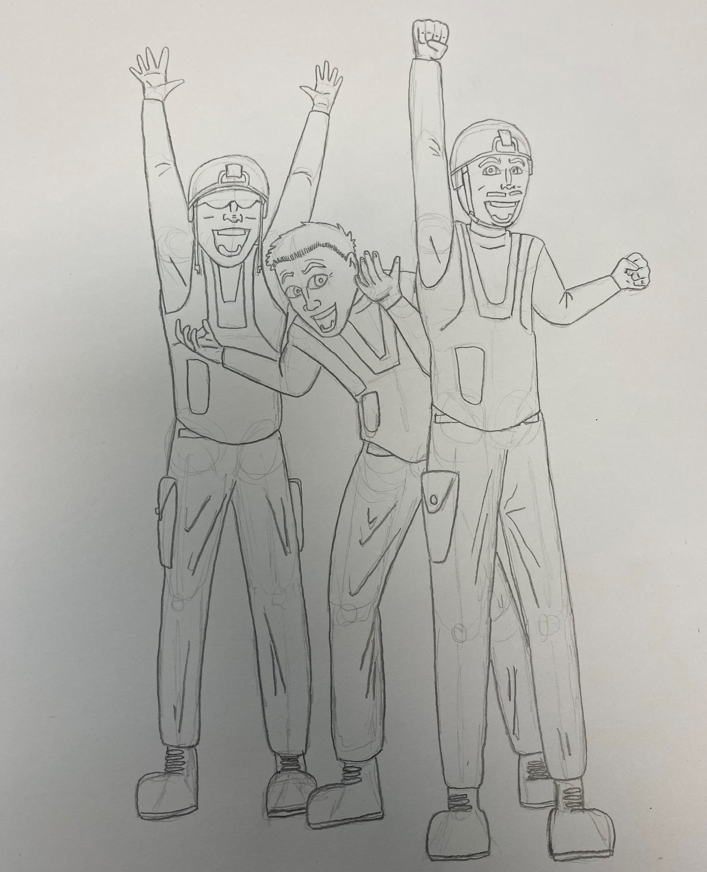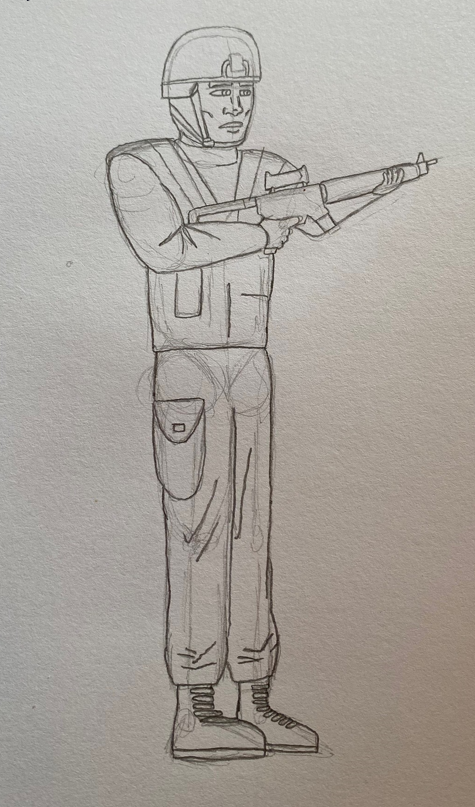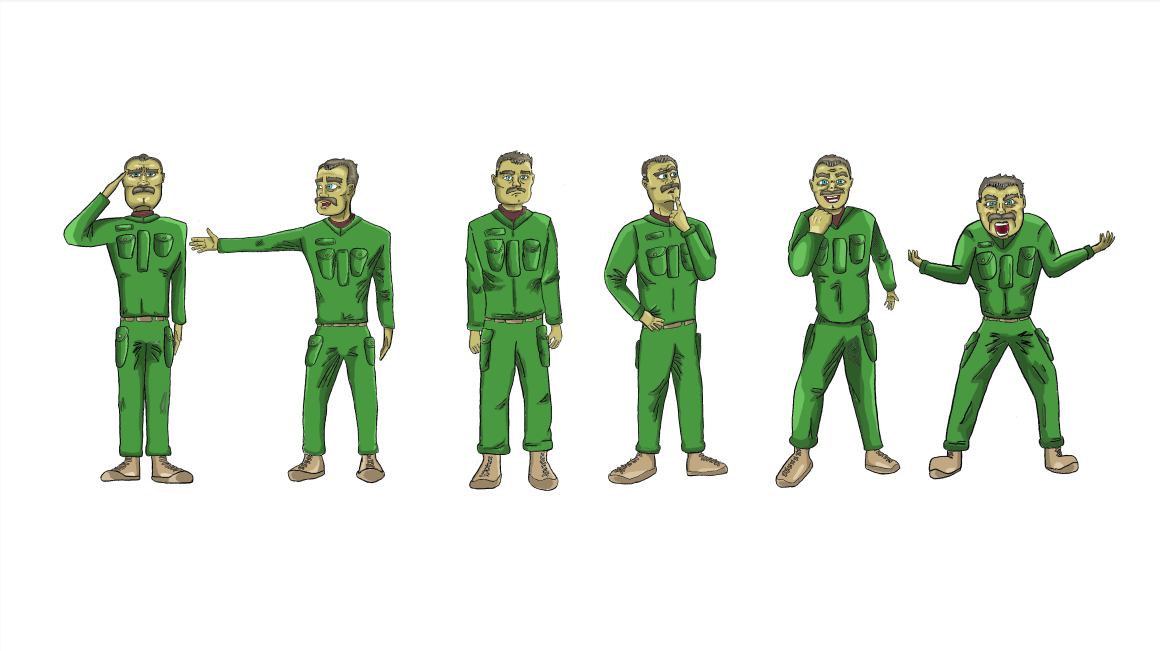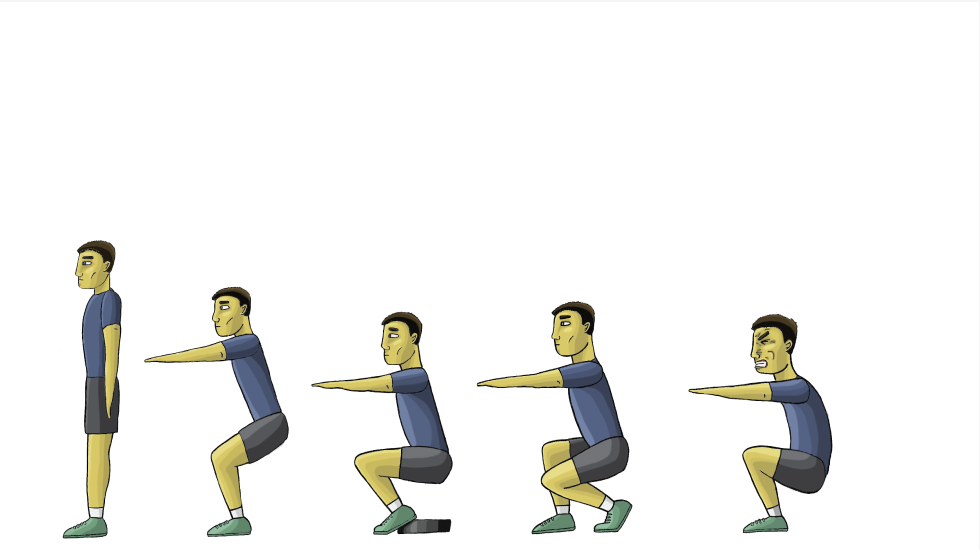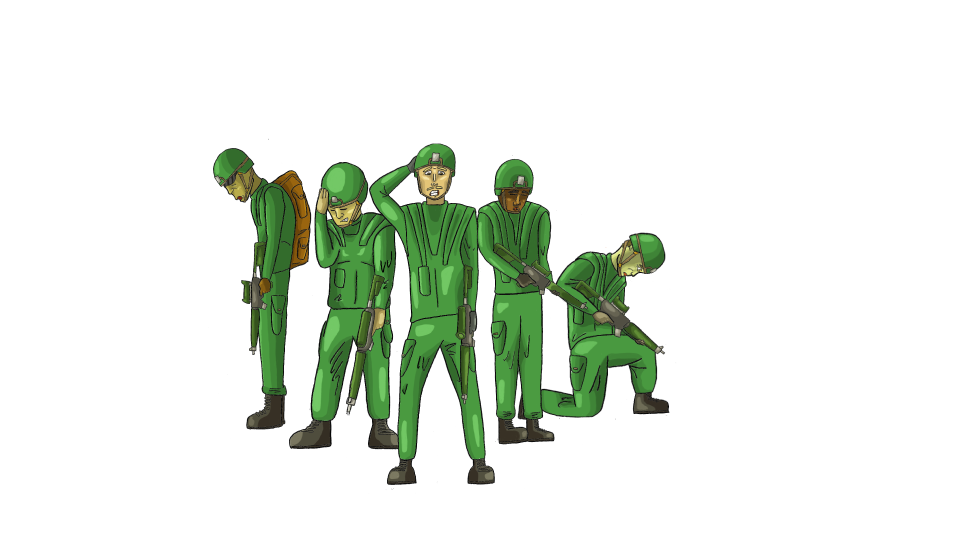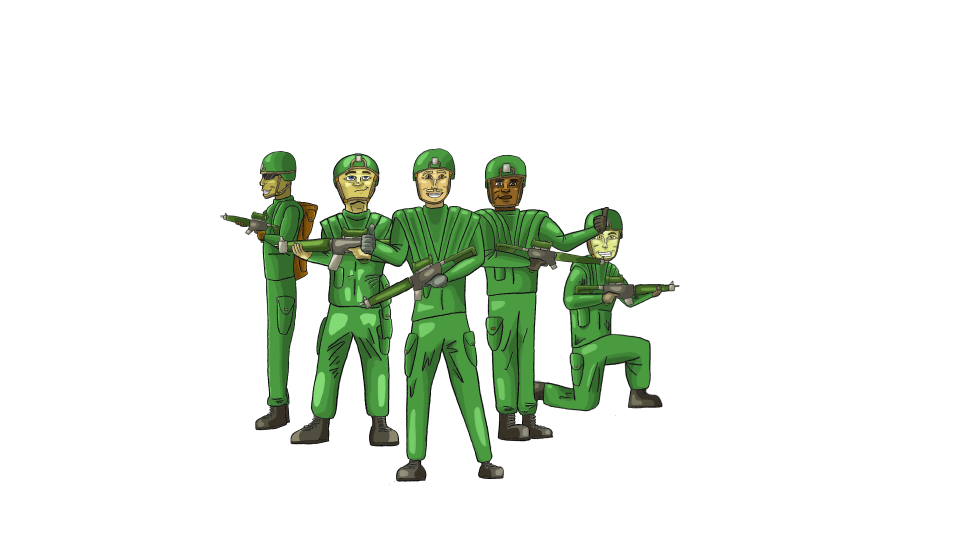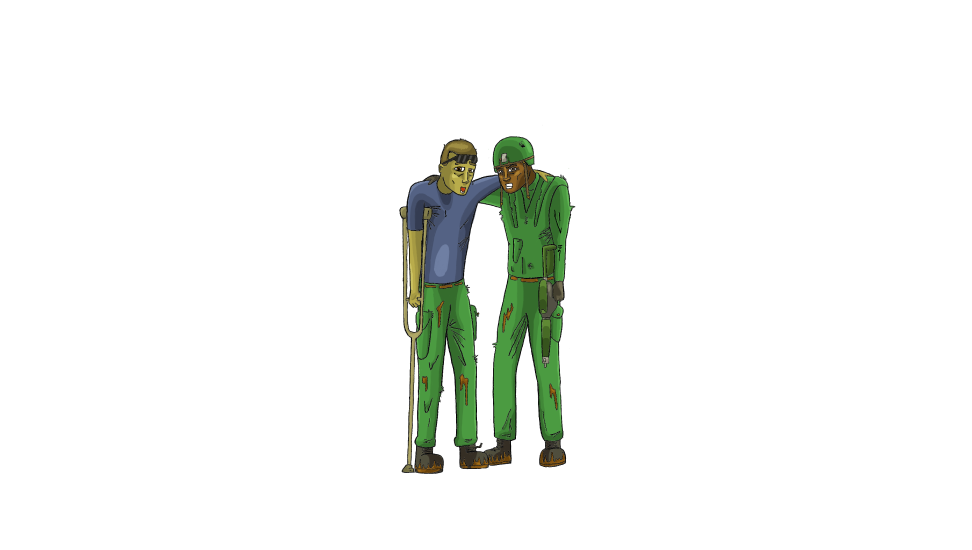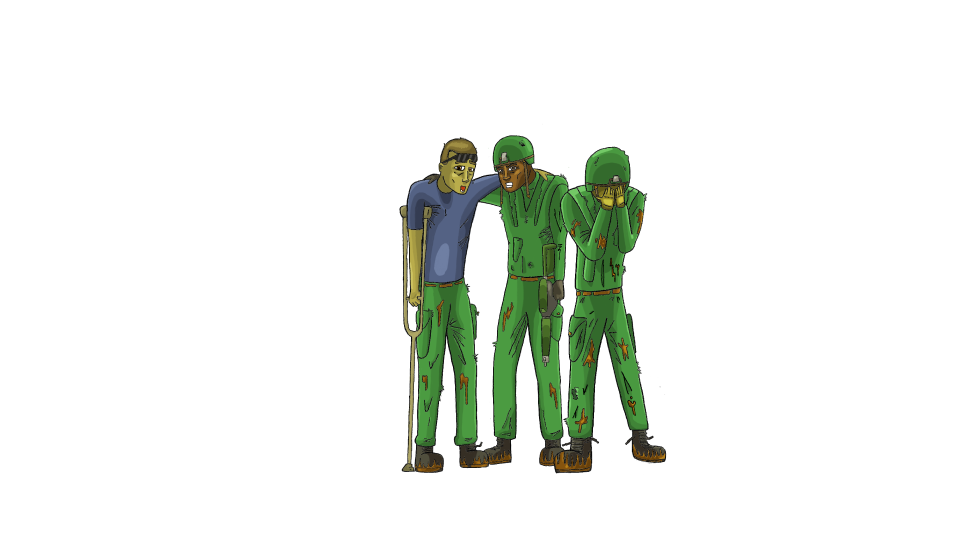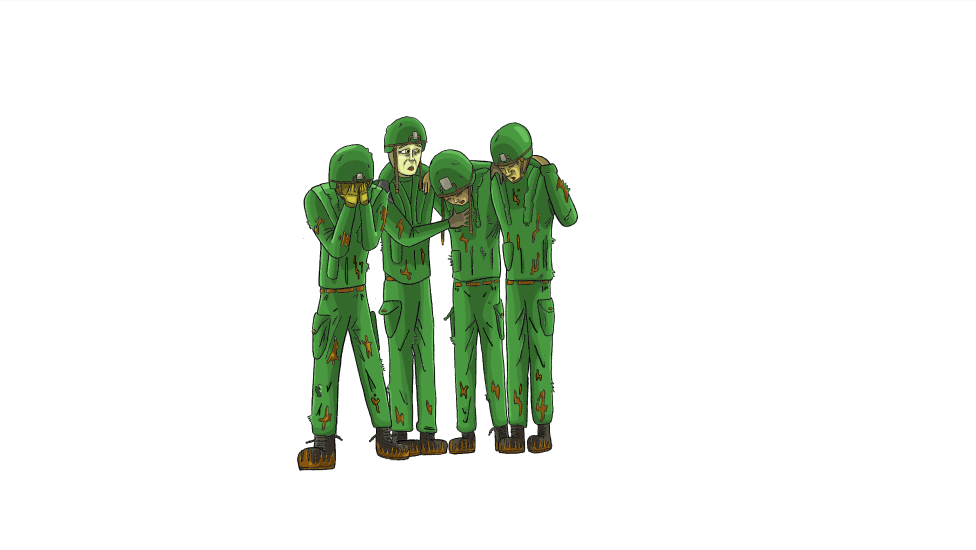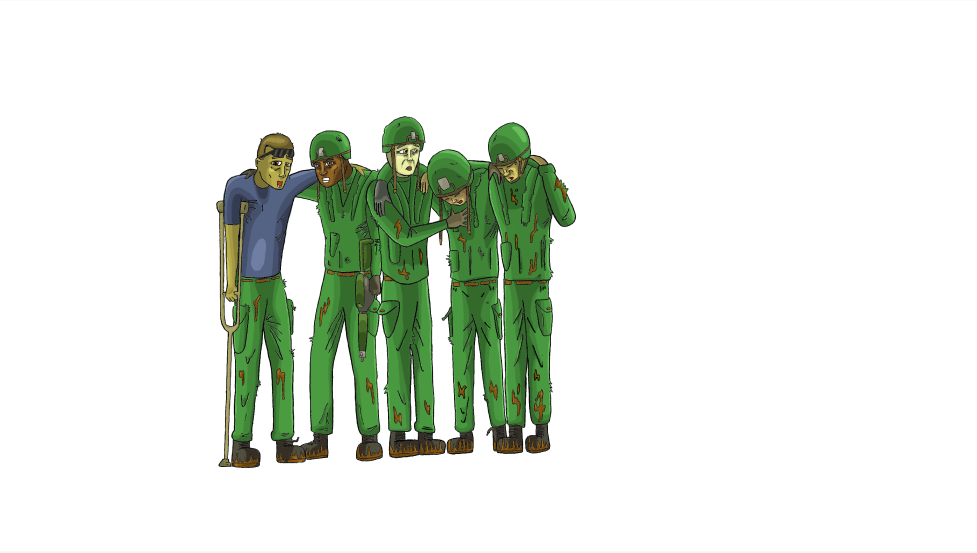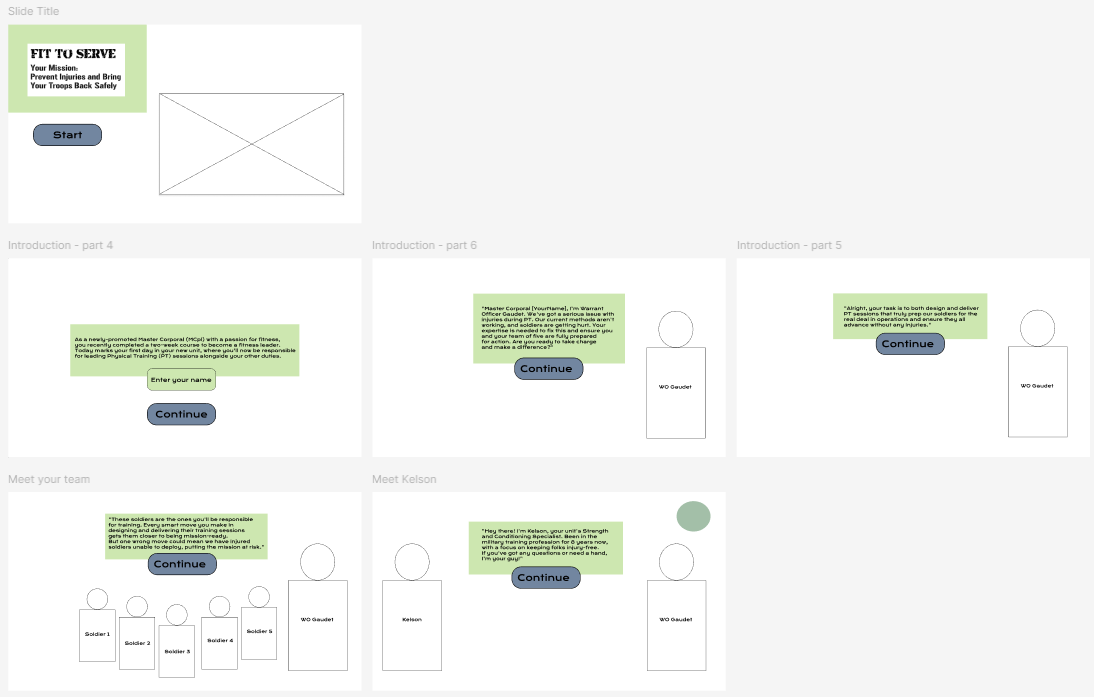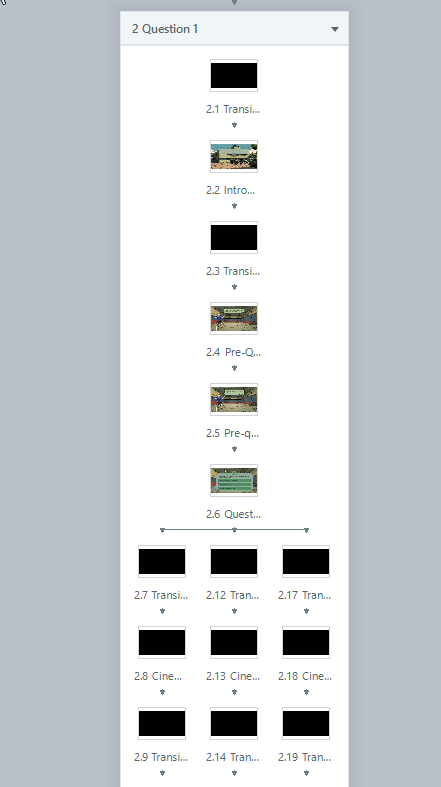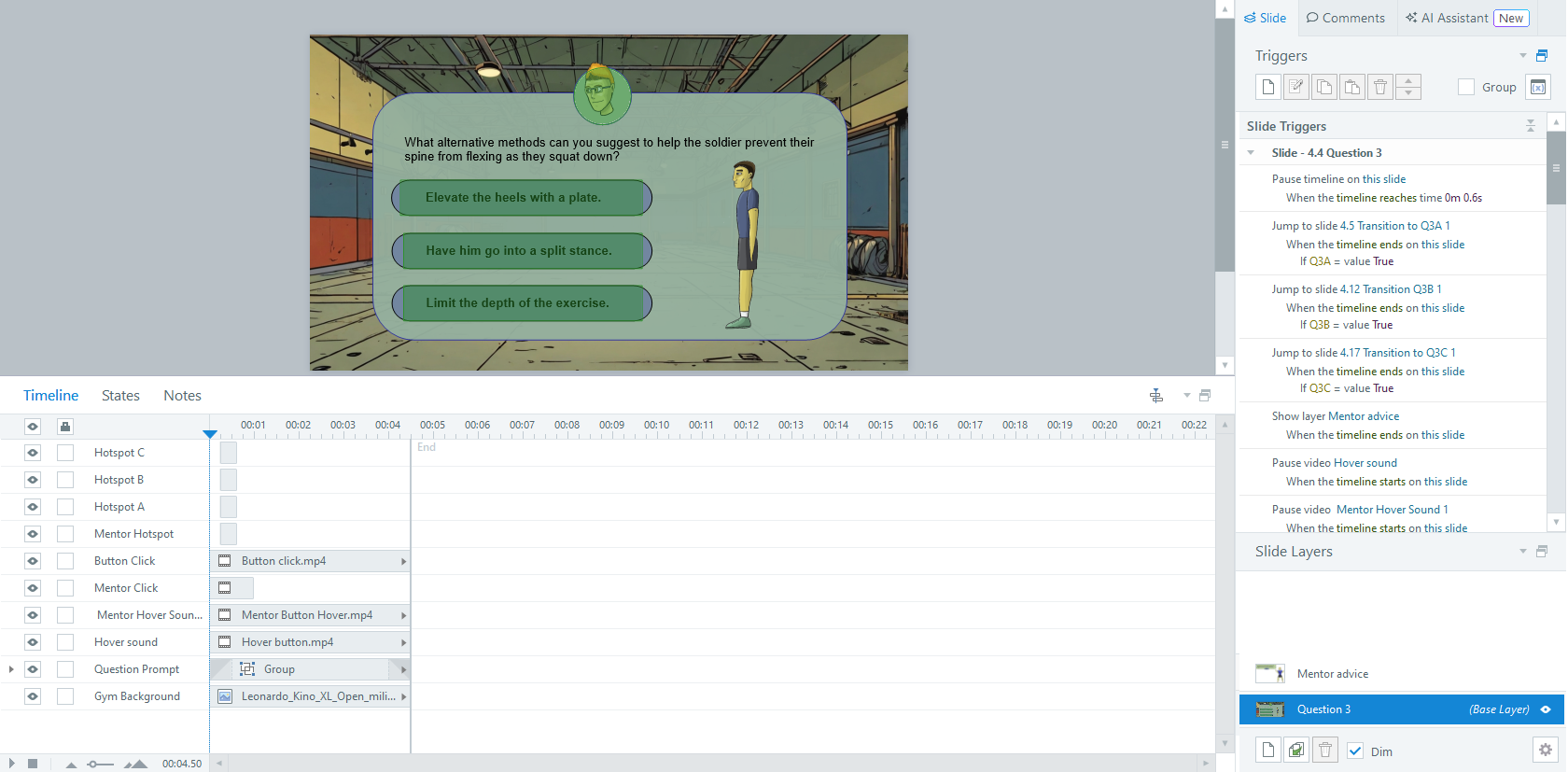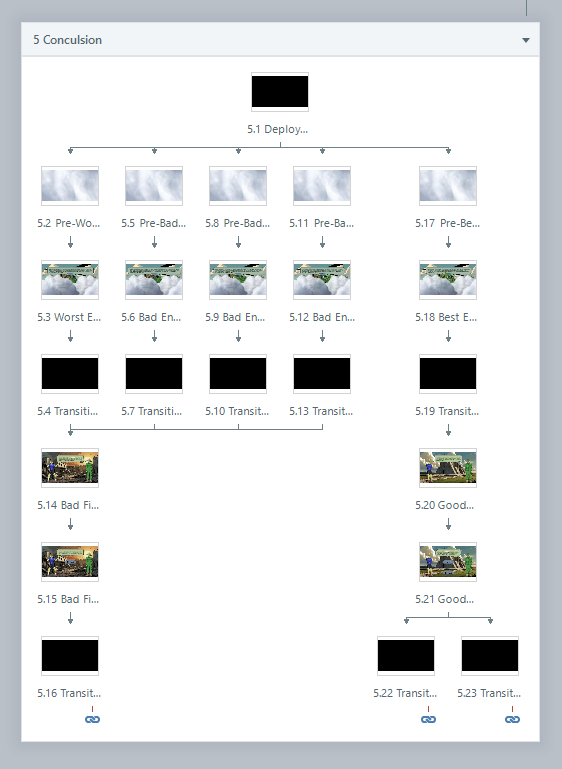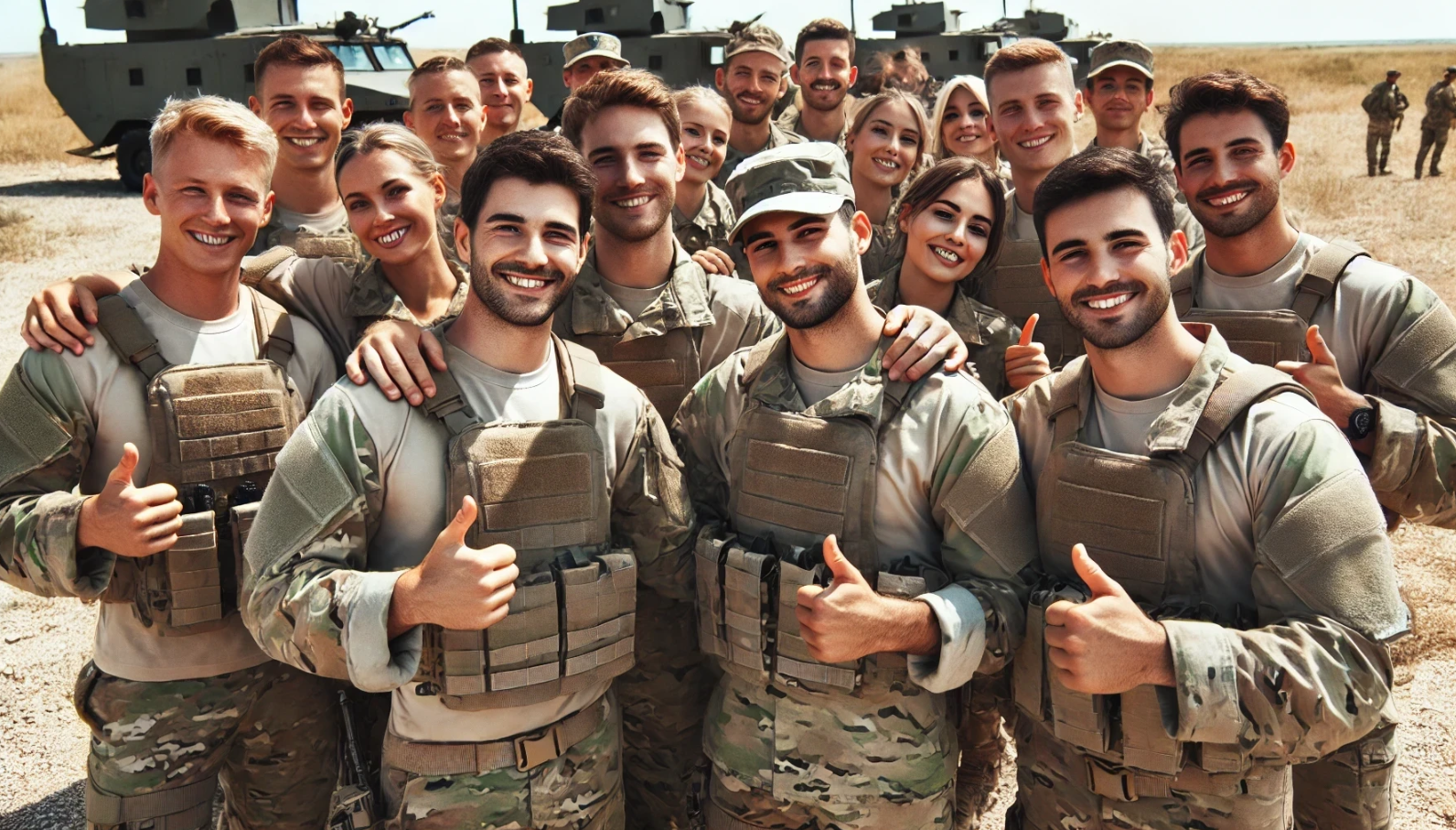Strength in Training: How eLearning Supports Mission Readiness
This scenario-based eLearning project demonstrates an innovative approach to solving real-world challenges faced by Military Fitness Trainers. By combining immersive storytelling with practical scenarios, this project was designed to last, inspire, and change. It aims to reduce training-induced injuries and promote long-term behavioral change, directly enhancing mission readiness and supporting effective leadership in the field.
Audience: Military Fitness Trainers
Responsibilities: Instructional Design, eLearning Development, Visual/Graphic Design, Storyboarding, Script Writing, and Mockups
Tools Used: Drawing pad, Articulate Storyline 360, Adobe Photoshop, ChatGPT, Leonardo AI Editor, MindMeister, Figma, Microsoft Suite, Google Suite
Military Fitness Trainers often face significant challenges, including:
Improper fitness training leading to injuries.
Struggles with dosing intensity, ineffective warm-ups, and improper exercise selection.
A lack of engaging, scalable solutions to address knowledge retention and best practices.
These challenges, rooted in outdated training methods, create barriers to achieving optimal mission readiness.
The Problem
Cause of Injuries in the Canadian Armed Forces
I designed a scenario-based, story-driven eLearning experience that empowers Military Fitness Trainers to make informed, effective decisions in a risk-free environment. This solution was:
The Solution
Designed to Last: By embedding actionable learning objectives, it supports long-term behavioral change to reduce injuries.
Designed to Inspire: Through immersive storytelling, it fosters engagement and motivation among learners.
Designed to Change: By incorporating real-world scenarios, it transforms how trainers approach physical fitness preparation, ensuring mission readiness.
The project’s key features included a narrative that immersed learners in guiding military units through fitness plans, showcasing the consequences of their choices.
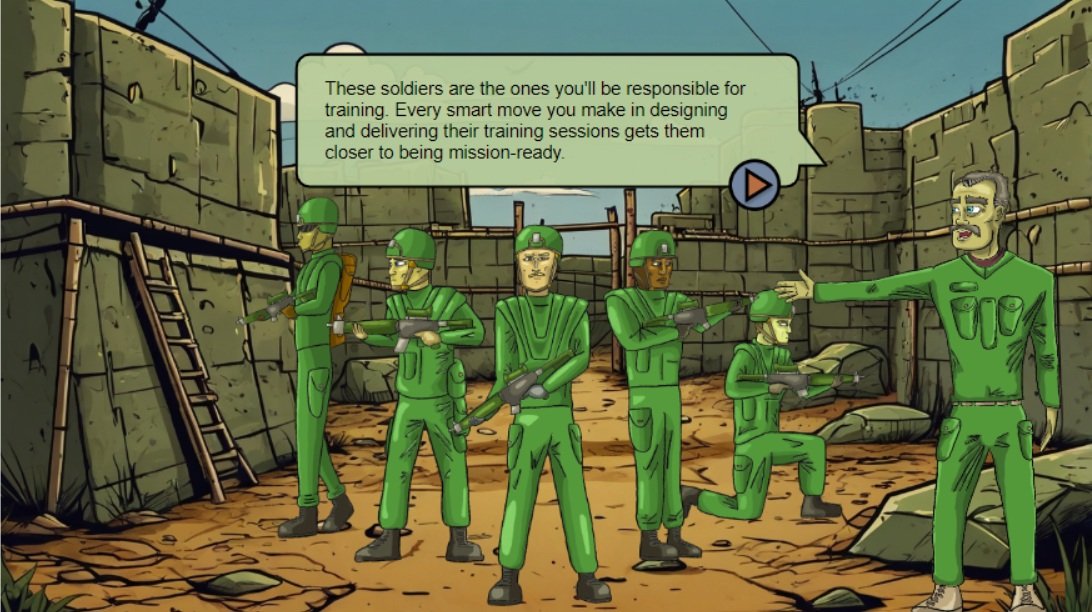

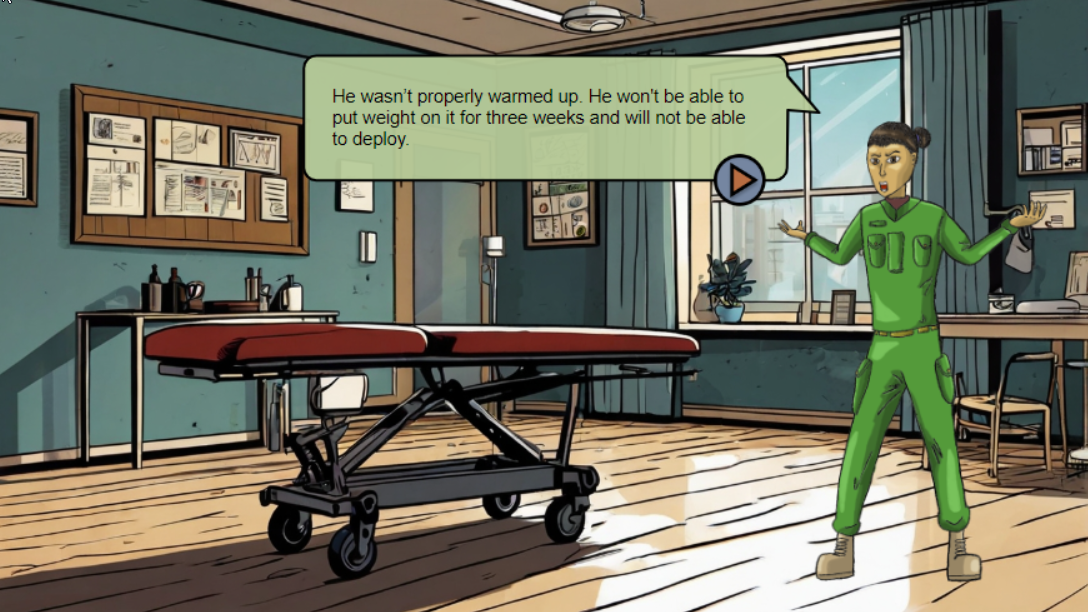



I followed a structured process:
Action map to focus on high-impact behaviors
Storyboard and design custom visuals
Build interactive prototype
Finalize based on feedback
Action Map
The project aimed to reduce clinical injuries by 20% by January 2025, with Master Corporals implementing safe physical training practices in their units. I identified three core actions:
Design Safe and Effective Physical Training Sessions: Prescribe exercises that prepare personnel for operational readiness.
Conduct Safe and Effective Warm-ups: Gradually increase intensity to stay within safe limits.
Adjust Session Load Based on Member State: Offer alternatives for those with limited range of motion.
These actions target training-induced injuries and promote mission readiness, directly supporting the project’s business goal. Inspired by Cathy Moore’s Map It, I focused on what learners need to do, not just what they need to know.
My Process
Text-based Storyboard
I crafted a narrative that immerses learners in guiding military units through fitness plans leading up to deployment. The branching scenario, inspired by a "choose-your-own-adventure" style, highlights how poor choices impact mission readiness, such as prescribing incorrect exercises leading to injuries or reduced performance.
I also introduced a mentor character to guide decision-making, ensuring the experience was practical, engaging, and aligned with the goal of reducing injuries.
During this phase, I planned the layout of the eLearning course, ensuring an intuitive and user-friendly experience for learners. I focused on designing a clear navigation structure and visual flow to make it easy for participants to engage with the content and access critical information.
After struggling to find character packages that fit my vision, I created 46 hand-drawn images of characters, ensuring every expression and detail was tailored to the story. I used AI-generated backgrounds to complement these characters, leveraging the technology to save time and maintain visual consistency. By using AI tools, I was able to enhance the project’s visual cohesion and focus on creating immersive scenes that reinforced the narrative.
I developed a mood board and a consistent style guide to ensure cohesive designs and interactivity across the project’s slides.
Visual Mockups
Interactive Prototype
I created an interactive prototype to test course functionality and ensure an engaging user experience. This helped identify and resolve issues early, refining the course to meet learning objectives and user expectations.
Using Articulate Storyline 360, I developed interactive slides and scenario-based questions. Feedback from teammates allowed me to improve navigation and enhance the flow.



Full Development
I used states, triggers, and variables to create a dynamic, interactive learning experience. States reflected learners’ decisions visually, such as soldiers’ health bars and facial expressions. Triggers and variables ensured smooth navigation, personalized feedback, and logical branching between scenarios.
This development strategy emphasized the real-world impact of each decision, like showing how poor choices could affect soldiers’ well-being or mission success. I minimized text-heavy content in favor of visuals and interactions to enhance immersion.
Results and Takeaways
While this project was not implemented in a real-world setting, it represents a solution I believe would have been transformative during my time with the Canadian Armed Forces.
Financial Value: The course’s design highlights cost-saving opportunities by reducing the potential need for retraining and minimizing injury-related expenses. Its scalable structure ensures consistent delivery to all fitness instructors.
Strategic Value: The course aligns training practices with operational goals, directly enhancing mission readiness. By embedding best practices and promoting safer training methods, it lays a foundation for sustainable performance improvements.
Personal Value: This project fosters confidence and empowerment among Military Fitness Trainers. Through immersive, scenario-based learning, it equips them with the tools and knowledge needed to lead effective and safe physical training sessions.
The course’s structure enables learners to experience the outcomes of their decisions, providing immediate feedback in a risk-free setting. Plans for continuous improvement include post-training assessments, performance reviews, and tracking injury rates to adapt and refine the course as needed. This project exemplifies how scenario-based eLearning can deliver impactful, measurable results.



